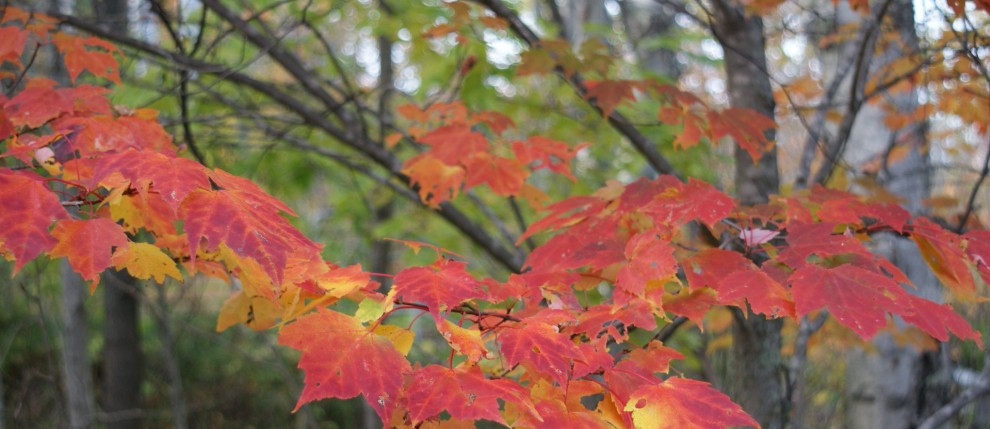This is the English research handout from the Beginning Genealogy class conducted in conjunction with the Canadian Interest Group and the Irish Genealogical Society International. The handout was prepared by Lois Abromitis Mackin, Ph.D., and is used here with permission.
Steps to find your English ancestor
- Identify the locality. Start from the known—in the U.S. look for identification of the locality of origin in vital records, cemetery markers, obituaries, county histories, immigration or naturalization records, census records, and military records.
- Locate the individual or family. Post-1837, start your English search either in census or civil registration records. Use GRO indexes and census records to find likely families.
- Identify and find relevant records. Order birth, marriage, or death certificates from the GRO. Compile a complete census history. Locate parish register entries.
Basic English records
Beginning researchers should familiarize themselves with census, Civil Registration, and parish records.
Census records
English censuses were taken in years ending with “1.” Records are available from 1841 to 1911. Unlike the American census, where enumerators went door to door during a sometimes-lengthy period of time, English census records list the names of people abiding in a place on “census night.” As in the U.S., older censuses contain less information—even the 1841 English census lists all names!
Census records are available on microfilm and online.
- Microfilm. The National Archives has filmed (microfilm and microfiche) all English censuses. You can find microfilmed indexes and manuscripts for 1841-1911 in the Family History Library.
- Online. Look for British census indexes and images in three large collections:
- FamilySearch has indexes and images of all English censuses from 1841-1911. Images of the 1901 and 1911 censuses are hosted at findmypast.
- Ancestry’s World subscription has indexes and images for the 1841-1911 censuses.
- Findmypast has indexes and images for the 1841-1911 censuses. Index searches are free, but you must pay to view transcripts and images.
A fourth collection, FreeCEN.org.uk, consists of transcriptions of census entries made by volunteers. Not all counties are complete for all censuses on FreeCEN.
Civil Registration records
Beginning in July 1837, English law required all births and deaths to be reported to local registrars, who sent them on to district registrars. The district registrars sent copies every quarter to the national General Register Office (GRO). (Compliance with the law was not complete until about 1870.)
- Birth records. Birth registrations give names of father and mother, father’s occupation and address, and place of birth.
- Marriage records. Marriage registrations give names and occupations of the groom and bride, names and occupations of the fathers of the bride and groom, residences of the bride and groom, and place of marriage, along with the names of the officiant and witnesses.
- Death records. Death registrations give name, age, address and name of informant. Unlike American death certificates, English death registrations do not give names of parents or place of birth.
Civil registration indexes are available online and on microfilm. The online indexes, available at FamilySearch, findmypast, Ancestry, and FreeBMD (www.freebmd.org.uk) are much easier to use! Once you find the index entry for an individual, you can order certificates from the General Register Office (GRO) at http://www.gro.gov.uk/gro/content/certificates. (Alternatively, you can request certificates from the appropriate County Record Office (CRO), which holds the district registrar copies.)
Church records
Parish registers are the most important readily available source for research before 1837. Beginning in 1538, when King Henry VIII broke from the Catholic Church, the law required parish priests to keep registers of baptisms, marriages, and burials. Indexes and images of many parish registers are available at FamilySearch, findmypast, and Ancestry.
Baptismal records ordinarily include the child’s given name, name of father and date of baptism. Some clergy recorded the mother’s given name, but rarely her maiden name. Baptism usually occurred soon after birth, but not always. After 1812, a standard form asked for both parents’ names, place of abode, father’s occupation and minister’s name.
Marriage records include the names of bride and groom, whether bride and groom were “of the parish,” whether the marriage was by banns or license, and the date of the marriage.
Burial records usually give name and date of burial, but may identify spouse or cause of death. From 1812, the standard church register form asked for name, abode, date of burial, and age.
“Nonconformists,” “dissenters,” and “recusants”—Puritans, Independents, Baptists, Presbyterians, Methodists, Quakers, Catholics, and others—maintained their own records. Ancestry, FamilySearch, and findmypast have indexes and images.
To learn more
Websites
- FamilySearch.org (online classes, research guides, wiki).
- Genuki.org.uk (large site organized by counties with information about archives and libraries, records, geography, history, maps, and more. It’s the British counterpart of USGenWeb.).
- A Vision of Britain Through Time, visionofbritain.org.uk (historical surveys, maps, statistical trend information, and historical descriptions).
- England Jurisdictions 1851, maps.familysearch.org (maps of the English counties as of 1851, parishes, villages, hamlets, surrounding parishes, non-Church of England denominations, courts, districts, and topographical underlays. Integrated with the Family History Library catalog, record collections, and the FamilySearch wiki.).
- The National Archives (TNA), http://www.nationalarchives.gov.uk (catalog, research guides, documents online).
Useful reference books
- Herber, Mark D. Ancestral Trails: the Complete Guide to British Genealogy and Family History. Baltimore: Genealogical Publishing Company, 1998.
- Irvine, Sherry. Your English Ancestry: a Guide for North Americans. Salt Lake City: Ancestry, 1993.
